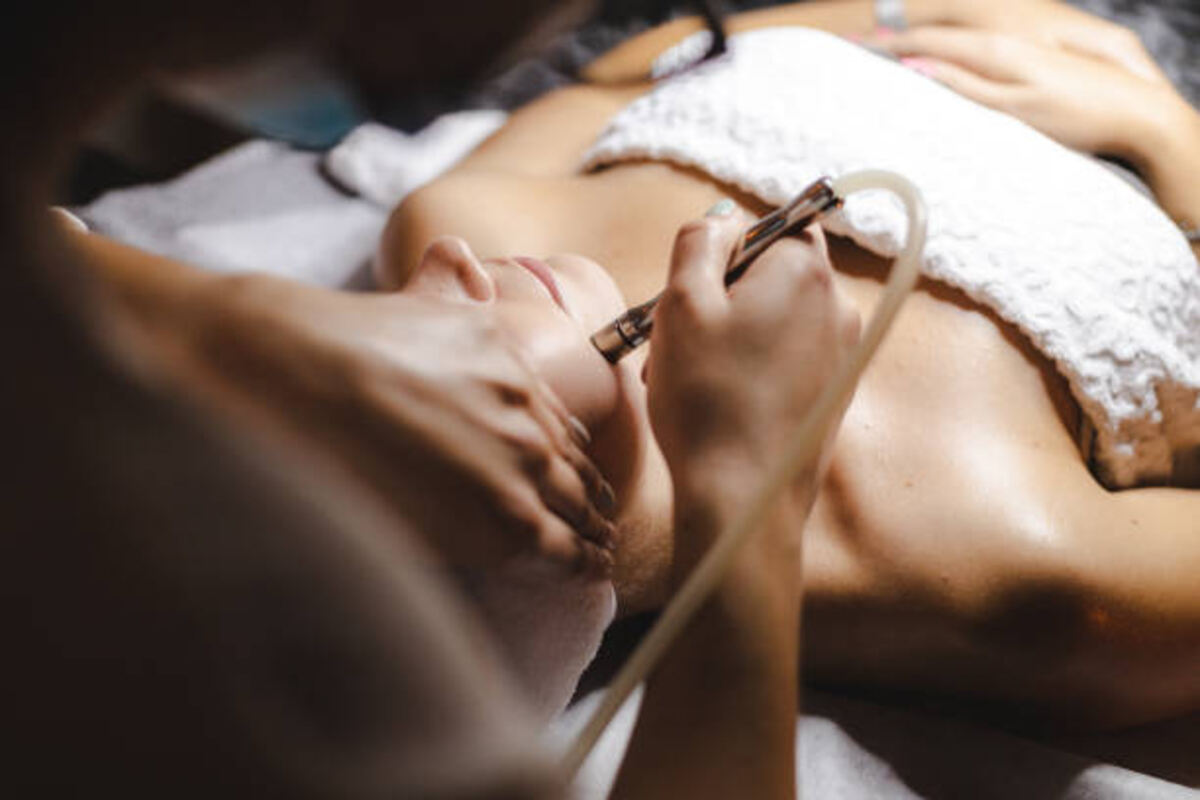How Much Does a Chin Lift Cost?
Your surgeon will select an approach for neck contouring that best meets your goals and skin quality, depending on what strategy is necessary. Liposuction eliminates excess fat from the chin and neck, whereas submentoplasty (chin tuck) removes extra skin while tightening muscles. The Interesting Info about تخلیه غبغب.
Kybella injections offer an alternative to surgery by targeting fat cells under the chin and neck area, eliminating fat accumulation through noninvasive means. This nonsurgical procedure typically requires six treatment sessions spaced out over one month.
Anesthesia
Anesthetic for chin lift surgeries can range from local anesthetic with sedation to general anesthesia, depending on the patient’s preferences. Surgeons usually conduct the operation in their office, surgical center, or hospital setting, and during surgery, they clean and mark your skin before making incisions near and behind your ear, around your hairline/jawbone area, and under your chin to cut fat deposits and tighten muscles as well as remove extra skin for the shaping of neck/jawline contouring.
Liposuction can help surgeons extract fat deposits. A surgeon uses either a needle or tube (cannula) to suction out any extra chin fat and suction it out before closing incisions and placing a pressure dressing around your neck and under your chin to minimize swelling and bruising.
A chin lift can be combined with other procedures to enhance your neck and jawline contour. Other treatments for eliminating double chins may include botulinum toxin injections, dermal fillers, or laser treatments – these procedures may tighten skin, smooth fine wrinkles, and decrease neck bands. Deoxycholic acid injections (an injectable solution designed to destroy fat cells) may also help. Results of chin lifts typically last several years with healthy eating habits and refraining from smoking or medications that interfere with blood clotting effects being essential if they want them to last.
Surgery
A chin lift can help you achieve the look you desire by eliminating excess fat and loose neck skin. An experienced surgeon will use liposuction to extract any unwanted deposits while tightening neck muscles and closing any incisions that have been made in your neck area.
Before surgery, cease taking aspirin and any other drugs that interfere with blood clotting, and make arrangements for someone to take you home and remain with you for at least the first night after the procedure. Your doctor may place thin tubes near any incisions to reduce fluid buildup and swelling. In these instances, it will be your responsibility to ensure the area stays clean and dry and change bandages accordingly until these drainage tubes vanish entirely.
There are three surgical chin lift procedures: liposuction, neck lift, and submentoplasty. Liposuction removes fat deposits under your chin through small incisions. A chin tuck (also referred to as a mini neck lift) works similarly but focuses on your chin and neck area instead. A submentoplasty provides more comprehensive fat removal while tightening platysma muscles in your neck area.
Kybella injections, a nonsurgical fat removal treatment, use deoxycholic acid to target fat cells under your chin and dissolve them through multiple sessions spaced one month apart. You should avoid adding weight to your neck for at least four weeks following Kybella treatment.
Complications
A chin lift reduces sagging skin around the neck and jawline, tightens muscles to improve double chin or turkey neck appearance, and removes extra fat deposits that have led to muffin top effects. Surgery may be conducted under general anesthesia or conscious sedation for maximum comfort; small incisions will be made discreetly behind the ears or beneath the chin for accessing tissue under consideration, and the surgeon then closes up these incisions after extracting excess tissue or fat deposits from this process.
Recovering from a chin lift usually goes more quickly than recovering from a neck lift due to smaller incisions. Still, discomfort, bruising, and swelling may occur post-op; these symptoms should fade with time. For further comfort during recovery, a doctor may suggest applying an ice pack over the chin area to alleviate pain and inflammation.
Cosmetic injections and liposuction can also help to diminish a double chin. Botox may help smooth out this area by strengthening muscle strength and improving skin elasticity, according to Johns Hopkins Medicine. Dermal fillers that contain hyaluronic acid provide additional hydration for an aesthetically pleasing result.
Kybella offers noninvasive relief from excess subchin fat without surgery by injecting deoxycholic acid directly into your system, breaking down and absorbing fat cells. You may require multiple visits each month until your desired results have been realized.
Recovery
Submental fullness — more commonly referred to as double chin — can result from weight change, aging, or genetics. Both surgical and nonsurgical methods exist to reduce this fullness in order to create more sculpted jawlines and necks; however, these procedures often cost thousands of dollars and may not be covered by health insurance.
A chin lift entails making an incision beneath the chin in front of its natural crease to remove extra fat and reshape muscle contour. The procedure may also involve dissolving some platysma muscle to prevent bands from returning and sewing down loose muscles. In contrast, during a neck lift, doctors typically make additional incisions in order to remove extra skin and tighten muscles (platysmaplasty).
Nonsurgical options to reduce double chins include injections with BOTOX(r) and dermal fillers, such as BOTOX(r). Both options can soften nipple bands while making your neck appear tighter and younger. Dermal fillers contain hyaluronic acid to restore skin volume, while Kybella(r), an FDA-approved injectable solution, is also an FDA-approved injectable designed to destroy fat cells beneath your chin.
When selecting a chin lift surgeon, carefully review their credentials and previous patient results. Ask for before-and-after photos and testimonials, as well as essential details like board certification, awards, and residency residencies. Furthermore, keep your location in mind; surgeons in larger metropolitan areas tend to charge higher for their services.
Read also: Semenax – Important Things To Know About Men’s Sexual Health


